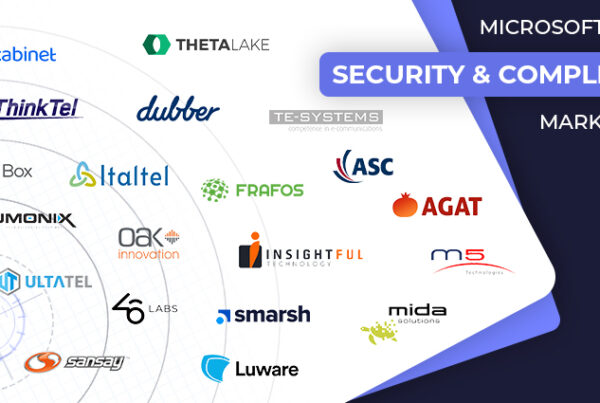
Today’s organizations face a powerful contradiction. They aim to empower their workforce with the latest unified communications and collaboration platforms that drive productivity, yet find themselves curbing these very technologies from their users to meet strict compliance mandates. Adopting cutting-edge communication solutions while navigating rigid compliance requirements is more than just a challenging balancing act. It can feel overwhelming. And if not done correctly, it can bring about legal liabilities and financial penalties that damage your brand reputation. To remedy this, organizations need an enterprise-ready communications compliance solution that can help IT admins manage risk across your tech stack.
Compliance management solutions come with a variety of benefits, so to help you understand how these tools can help you navigate the tricky communications landscape, here are three things to consider.
As workplace technologies continue to evolve at warp speed, collaboration tools are advancing beyond basic meetings to include AI-powered summaries, digital whiteboards, and expansive video capabilities. This shift toward more dynamic and external-facing collaboration is encouraging for teams who need to work smarter and faster, but can cause headaches for IT administrators who must balance innovation with strict compliance and regulatory standards. Consequently, many organizations err on the side of caution, and limit access to features like whiteboards, AI assistants, and chat to avoid potential compliance issues.
This vigilant approach, while mitigating compliance risks, potentially undermines workplace innovation and the full return on your technology investments. Limiting access to communications and productivity tools may create shadow IT, where users gravitate to unsanctioned tools to fill that gap. As virtual communications become the norm, especially in highly regulated sectors such as finance, healthcare, and education, the challenge intensifies.










